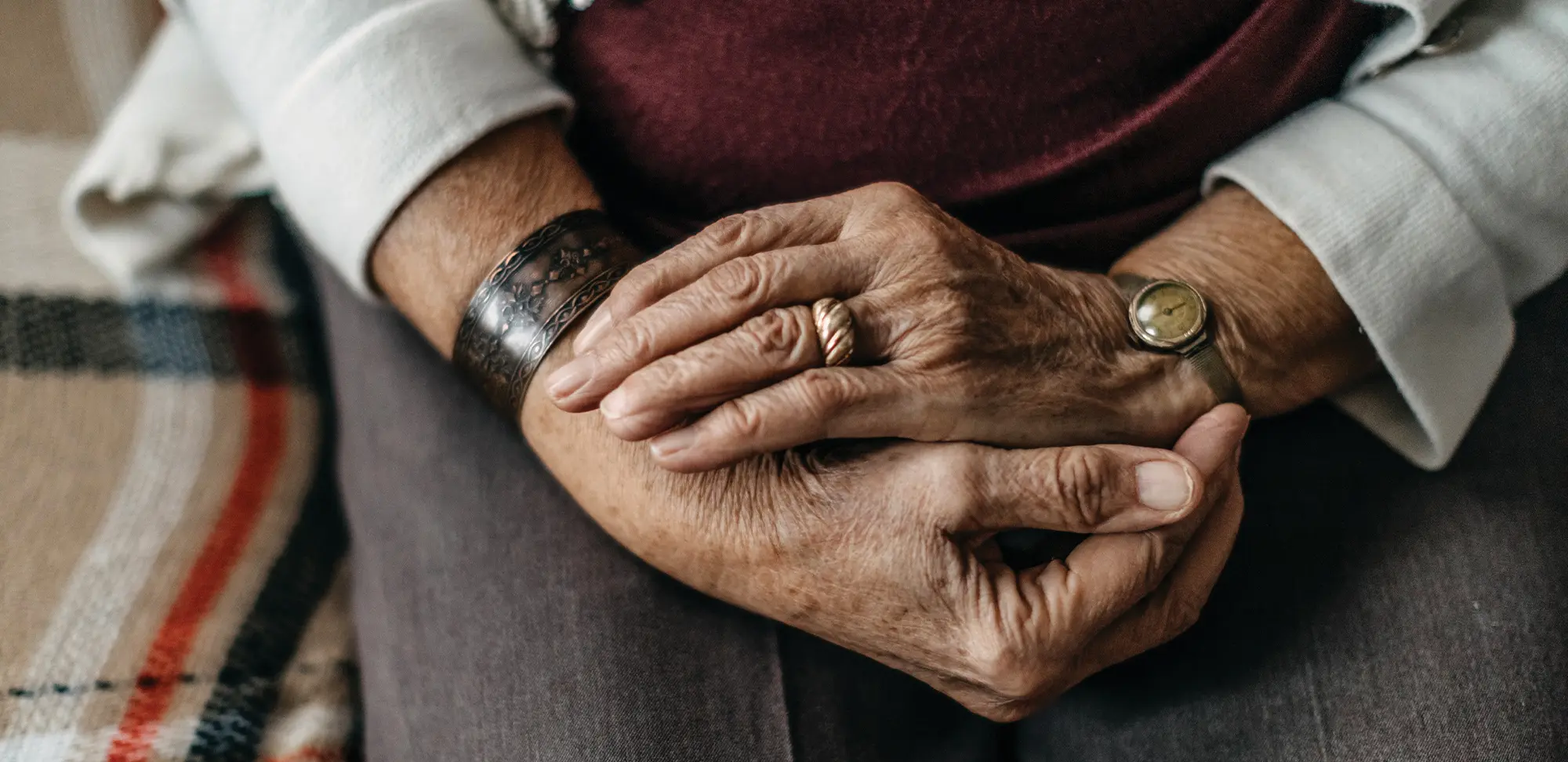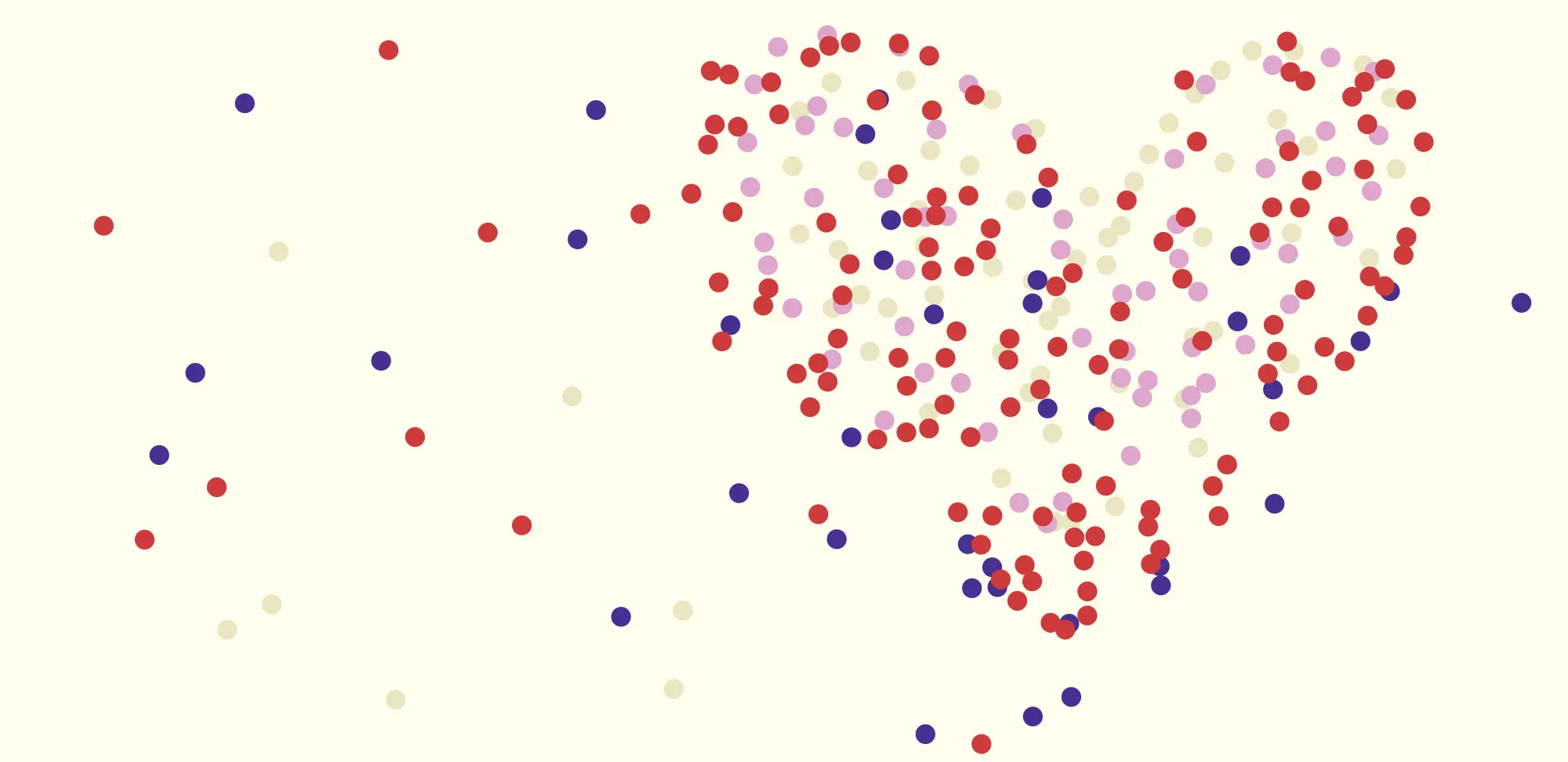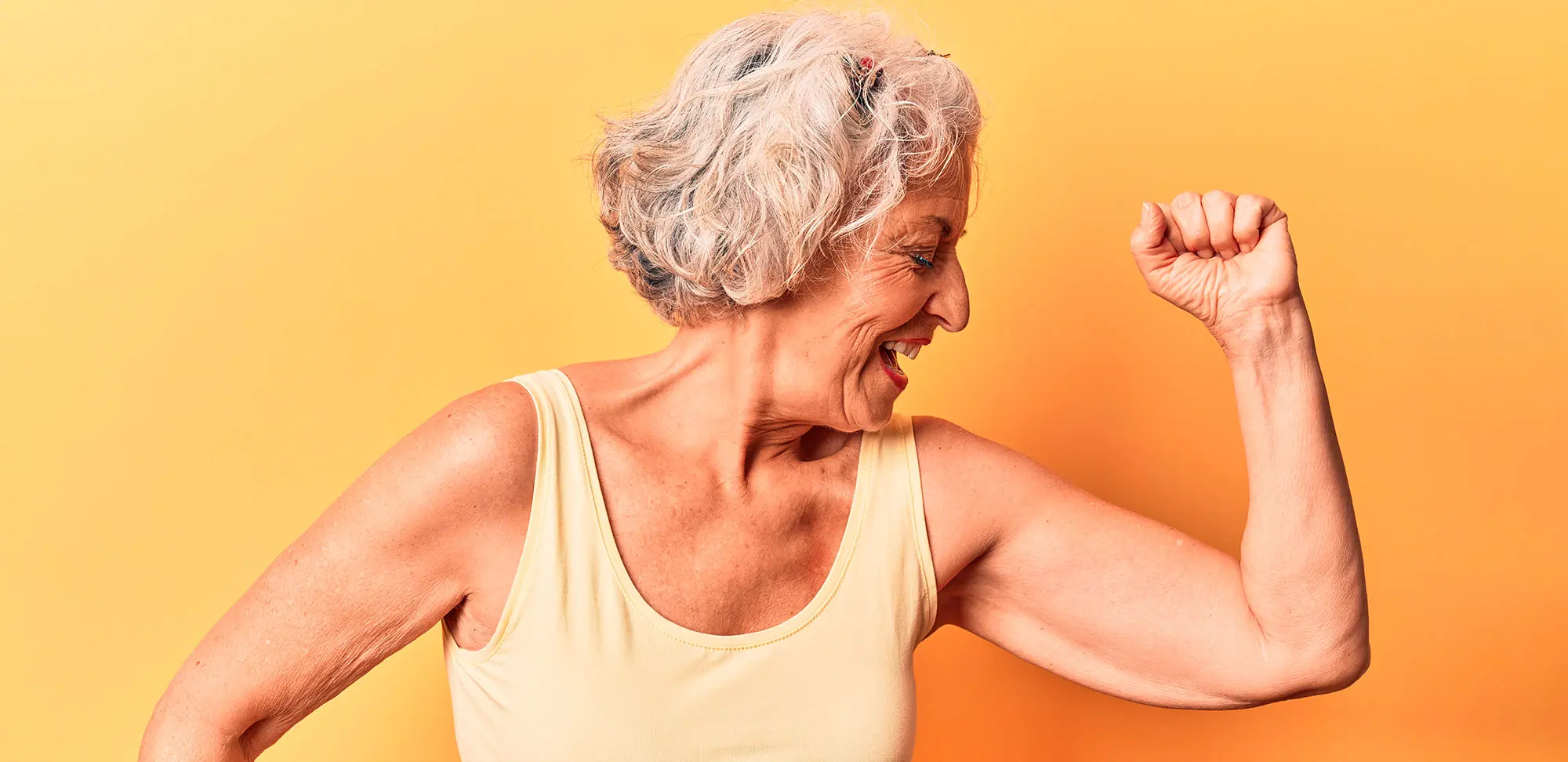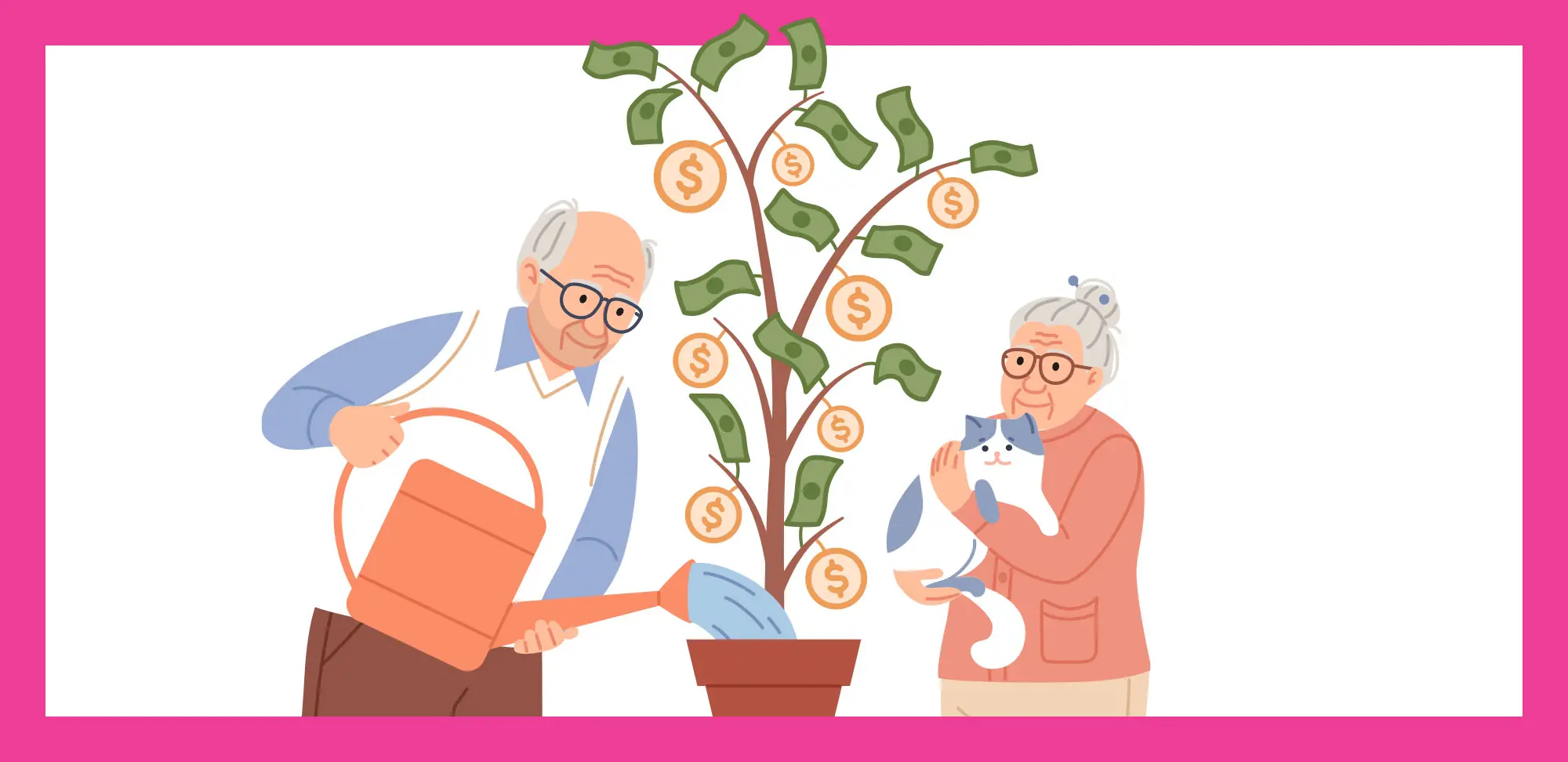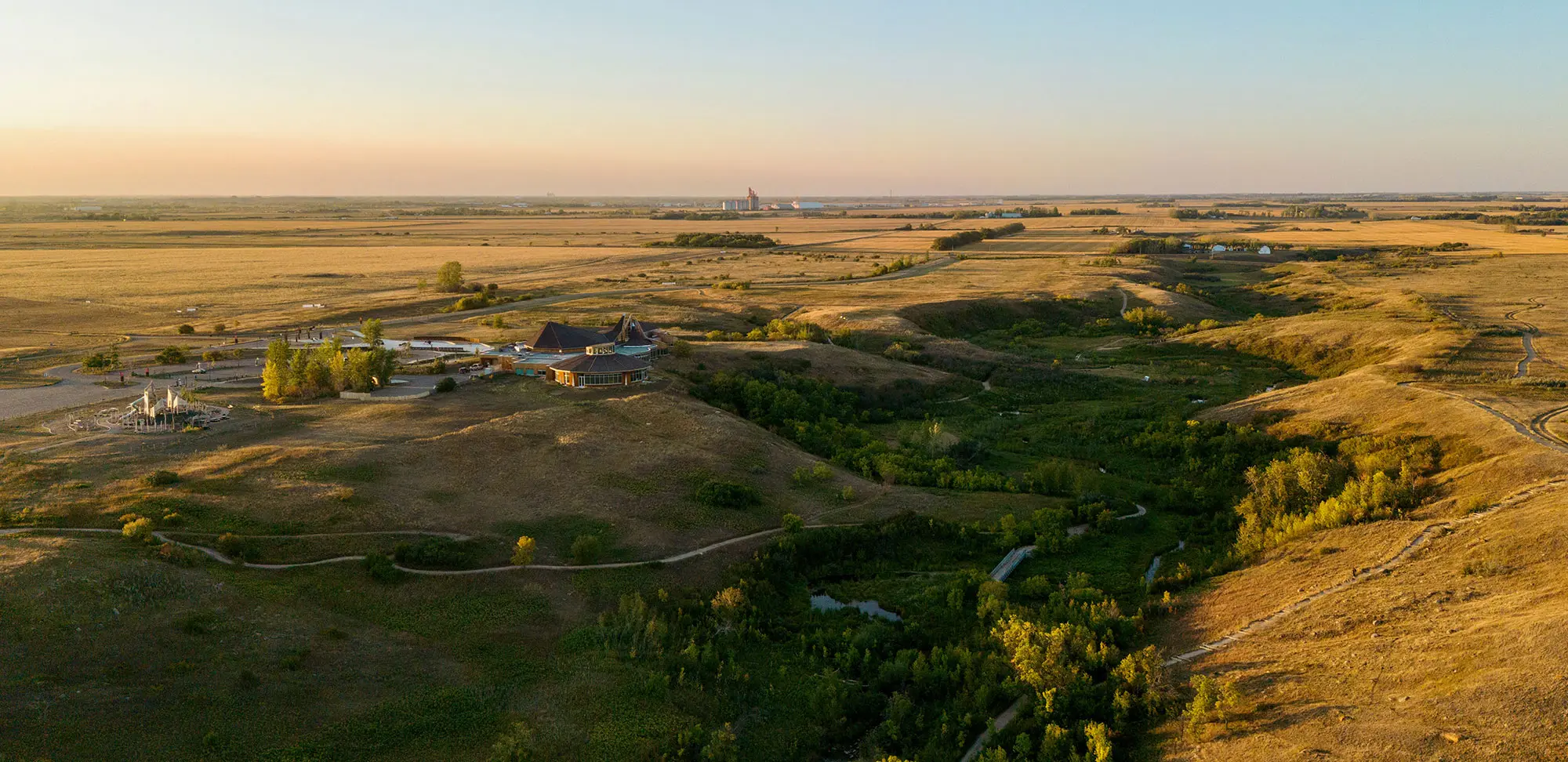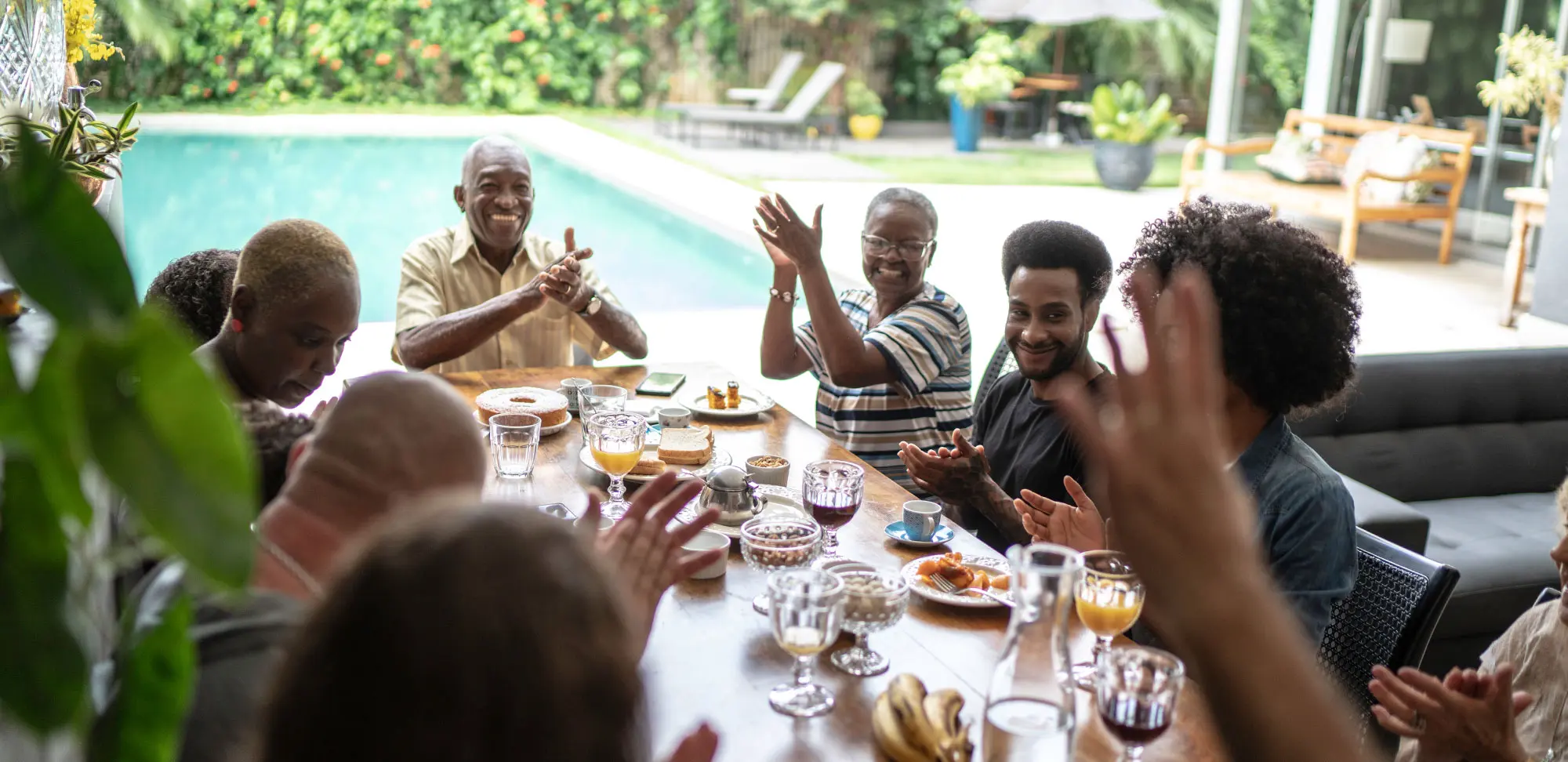“Help — I’m worried about my older brother, and I don’t know where to turn.” That was the call Caroline Sulpher (District 21 Renfrew) received about three years ago. At the time, her district was delivering education sessions in the community about elder abuse, thanks to a grant from RTOERO’s Project Service to Others, now called the Community Grants and Scholarships Committee. Sulpher, then the district president, coordinated the presentations. Word spread in Renfrew County, and now someone was reaching out to Sulpher about their family member.
The brother was in his early 70s, married for a second time and dealing with the impacts of a stroke and physical disabilities. Apparently, his wife wasn’t caring for him and was exerting her control to keep his family away.
“The caller was very concerned about him,” recalls Sulpher. “They felt he was a victim.”
Sulpher listened and passed along some community resources. She never learned the outcome. Here, at least, a sibling was looking out for their brother. Others suffer alone.
Elder abuse has been called an invisible epidemic. Studies indicate that elder abuse affects 4.5 to 7.5 per cent of Canadian seniors — but it’s likely more. The Canadian Network for the Prevention of Elder Abuse (CNPEA) estimates that 10 per cent of seniors experience some form of abuse: physical, sexual, financial or, as in the case of the brother with the stroke, psychological or emotional abuse, or neglect.
And elder abuse may have escalated during the pandemic, when many seniors were isolated. Raeann Rideout, director of Provincial Partnerships & Outreach with Elder Abuse Prevention Ontario, notes that calls to the Seniors Safety Line rose 250 per cent from March 2020 to March 2021.
Elder abuse is underreported. Sometimes victims are ashamed to talk about it. Other times they don’t think anyone will believe them. Or they don’t want to admit the abuse, even to themselves.
Most people don’t think they could be victimized, says BénédicteSchoepflin, executive director of CNPEA. But, she says, it can happen to anyone. And anyone can abuse: friends, neighbours, care providers, financial advisors, landlords, others in positions of trust or authority and, commonly, family.
The fact that people are often abused by relatives is a big reason so many cases aren’t addressed. The victims don’t want to cause trouble, air their dirty laundry or create family strife, especially if they’re dependent on the abuser in some way. “The person experiencing abuse will usually take time to work through their emotions about it,” says Schoepflin. “To get there, you have to first recognize this is happening to you.”
“People need to be empowered to recognize that these types of incidents aren’t normal.” – Raeann Rideout
RTOERO has identified elder abuse as a critical issue and has worked closely with Elder Abuse Prevention Ontario. What’s clear is that not enough people understand what constitutes elder abuse and how to report it.
What does elder abuse look like?
Not all elder abuse rises to the level of a criminal or civil offence. “Some of it is more discreet,” says Schoepflin. But all forms of abuse are wrong and cause harm.
- Physical abuse: Violence and rough treatment that can cause injury, discomfort or pain. This can include overmedicating and the inappropriate use of restraints.
- Psychological and/or emotional abuse: Actions or treatment that diminishes another person’s sense of identity, dignity and self-worth (for example, confinement, threats, verbal assault, insults, humiliation, intimidation or excluding competent seniors from decision-making).
- Sexual abuse: Sexual behaviour directed at an older adult without their full knowledge or consent (such as sexual assault, sexual harassment, fondling or sexual comments or jokes).
- Financial abuse: Misusing funds and assets without the person’s full knowledge or consent, or their best interests (including fraud, theft, or pressuring or tricking someone out of their property or possessions).
- Neglect: Withholding basic necessities of life, such as food, clothing, shelter, medicine or health care. This can happen intentionally (active neglect) or because of someone’s lack of experience, information or ability (passive neglect).
Circumstances differ, but a lot of abuse involves coercion, belittling or manipulation, says Rideout. She says people need to be empowered to recognize that these types of incidents aren’t normal.
Like the daughter who tells her widowed mother, “If you marry that younger guy, I won’t bring the grandkids to see you anymore.” Or the son who has his father sign a power of attorney to “help” and then transfers real estate to his own name. Or the cousin who says, “You want me to take you to the doctor and pick up the groceries? Stop whining or I’m not going anywhere.”
Maybe it’s the building superintendent who makes sexual comments and gets handsy with the tenant who has a leaky sink. Or the health-care aide who makes cutting remarks about a client’s difficulty getting dressed.
People often wonder how they even ended up in an abusive situation — or are in denial that they’re in one. For a quick self-assessment, ask yourself these four questions.
- Has anyone prevented me from getting food, clothes, medication, glasses, hearing aids or medical care, or from being with people I wanted to be with?
- Have I been upset because someone talked to me in a way that made me feel ashamed or threatened?
- Has anyone tried to force me to sign papers or use my money against my will?
- Has anyone made me afraid, touched me in ways I didn’t want or hurt me physically?
If you answered yes to any one of these questions, think about confiding in a trusted family member or friend, or your family doctor, who will keep the conversation confidential. Or look for community resources that can help.
How can you tell if someone you care about is the victim of elder abuse? Clues can be both obvious and subtle.
- Unexplained injuries or bruising
- Changes in weight, appearance or hygiene
- Changes in mood, such as sadness, fear, anger, anxiousness or detachment
- Changes in typical activities or behaviours
- Hearing or seeing an older adult being treated like a child
- No chance to see the older adult alone
These signs don’t necessarily mean someone is being abused, but if they raise red flags, start a conversation with that person.
That may not be easy.
People who are being abused don’t always open up easily. Even if you have strong suspicions, it probably doesn’t do much good to say, “Are you being abused?” — especially if the person you’re talking to wouldn’t label what they’re experiencing as abuse.
Instead, offer them an opening. Ask how they’re doing. Tell them you notice they seem out of sorts or that you miss seeing them as often as before. Don’t comment on power and control dynamics in what you feel is an abusive situation. And don’t judge.
Someone who’s experiencing abuse may not be ready for a frank conversation right away. Especially if the abuser is family, they may make excuses or go through lots of internal turmoil. Keep the lines of communication open. Show you’re someone they can trust and confide in when they’re ready.
And don’t just be a bystander. If you have immediate concerns about someone’s safety — you feel their health or life may be in danger, for example — call the police.
Elder abuse doesn’t have a single cause and can manifest itself very differently. But there is a common reason some older people are targets, and also why coming forward can be difficult: ageism.
“One of the biggest barriers is an ageist society,” says Rideout. “People don’t believe older people or take them seriously. We also don’t prioritize the issue of abuse of seniors like we do domestic or child abuse.”
Even trying to step in and help someone can be motivated by ageism, such as feeling you have to save them because they’re too helpless to save themselves. Be supportive, but don’t force a solution, says Schoepflin. Unless someone is incapable of making their own decisions, give them room to have more agency, she says. “We can’t solve an issue that’s affected by ageism by facing it with more ageism.”
Older adults are often victimized because of stereotypes that they’re frail and vulnerable, says Marta Hajek, executive director of Elder Abuse Prevention Ontario. That can make it easier for others to feel they can control the person.
“If you feel someone who’s elderly has no use to society anymore, is weak or a burden or is a person nobody will care about, it makes it easier to step into a role where you might exert some power,” adds Sulpher. “Ageism isn’t elder abuse, but it’s the first step to it.”
Learn more
If you want to help yourself or someone you care about, the Canadian Network for the Prevention of Elder Abuse (cnpea.ca) is the best central source for information. At the top of its home page is an orange Find Help button. Click it for links to every province and territory, and you’ll find resources like support lines, safe housing, government services, advocacy groups, legal services and more.
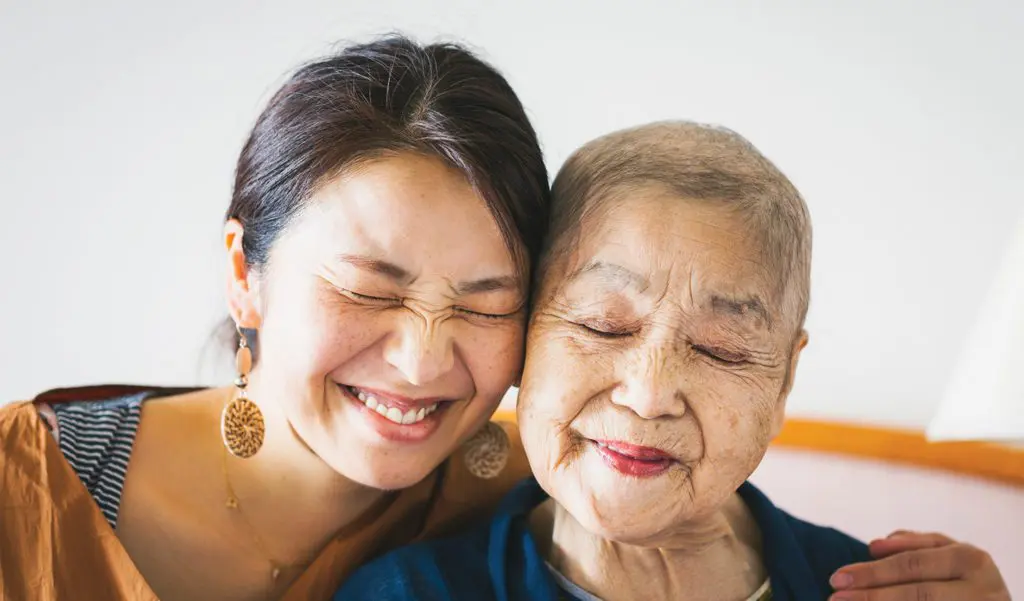
Promoting healthy dialogues
RTOERO and Elder Abuse Prevention Ontario (EAPO) have had a formal partnership since 2017.
While healthy aging is an important consideration throughout life, retirement can mark a time for renewed focus on finding ways to manage personal, emotional, financial and physical safety and security to protect yourself from scams, manipulation, neglect and abuse. For many retirees, access to high-quality information and support networks can make a difference. That’s where the partnership between the two organizations is essential for members.
“Nothing is more important to us than making sure our members have the information and supports they need to safeguard their healthy, active lifestyle in retirement,ˮ says Rich Prophet, chair. “For the past five years, our partnership with Elder Abuse Prevention Ontario has provided information and support, personalized to meet our membersʼ needs and interests.ˮ
Elements of the partnership include:
- Social media cross-promotion
- Personalized content for articles and newsletters
- Presentations about elder abuse prevention at RTOERO events
- Volunteer connections
- Webinars, webcasts and videos
One example of the collaboration is the Tea & Talk program, which was developed by Elder Abuse Prevention Ontario. Participants in the Tea & Talk modules tackle difficult topics — elder abuse, sexual harm in older adults, ageism and discrimination, caregiving, protecting finances, self-esteem, dating as an older adult and communication in healthy relationships.
Elder Abuse Prevention Ontario trains volunteer facilitators from organizations such as RTOERO to deliver Tea & Talk modules. Several RTOERO member-facilitators have led Tea & Talk programs in their districts.
